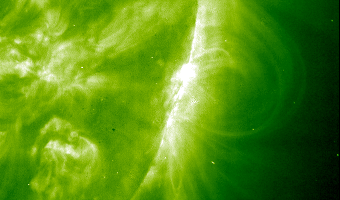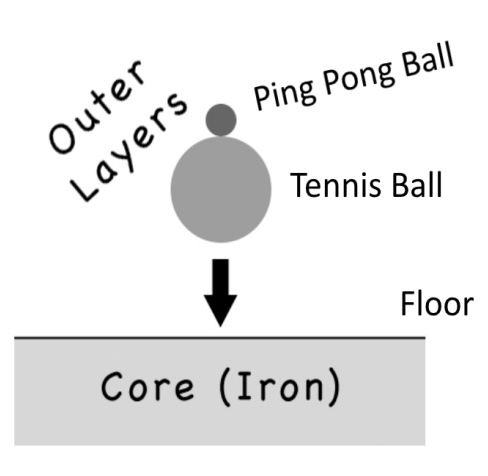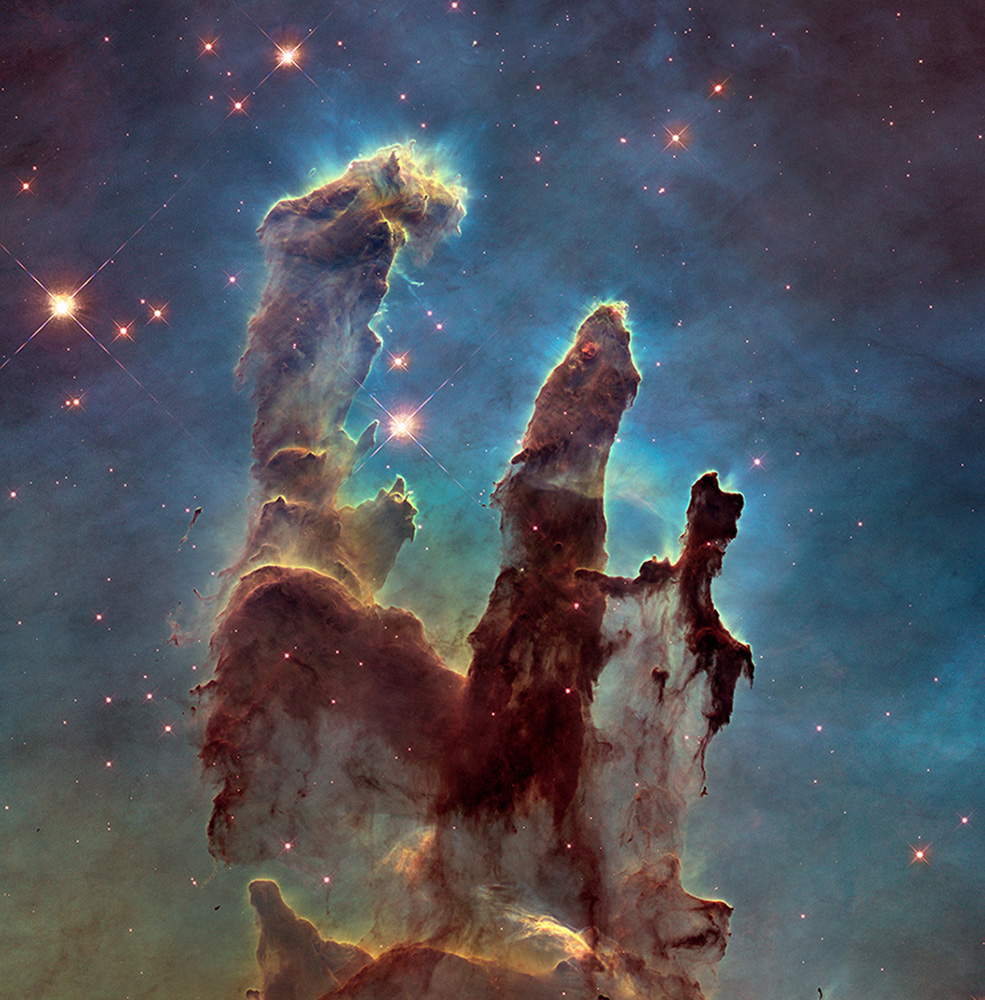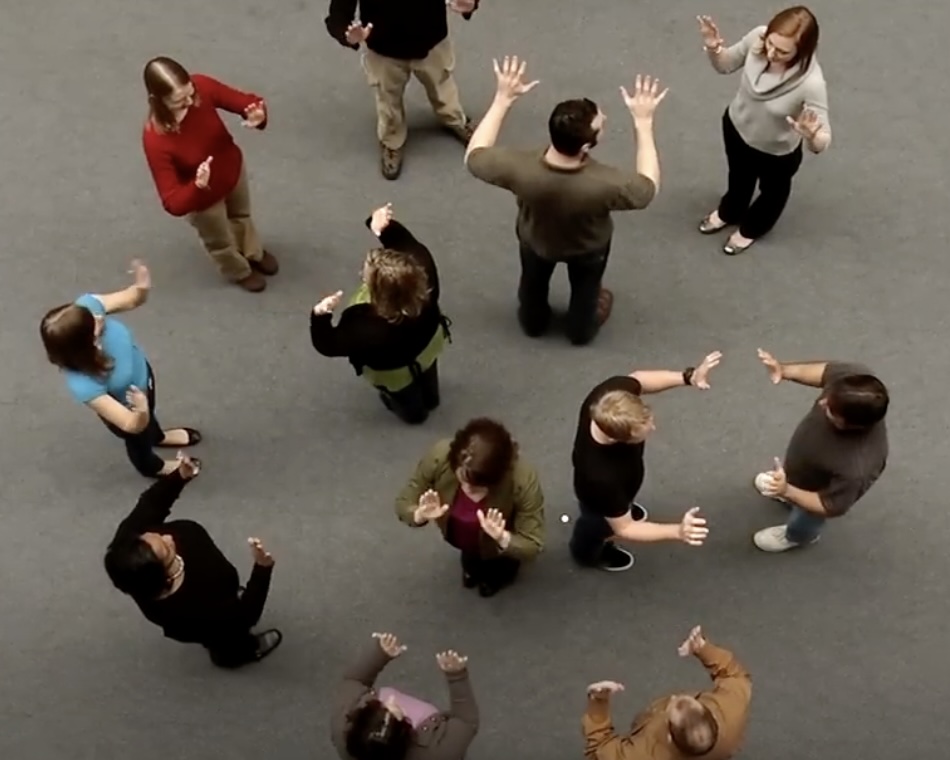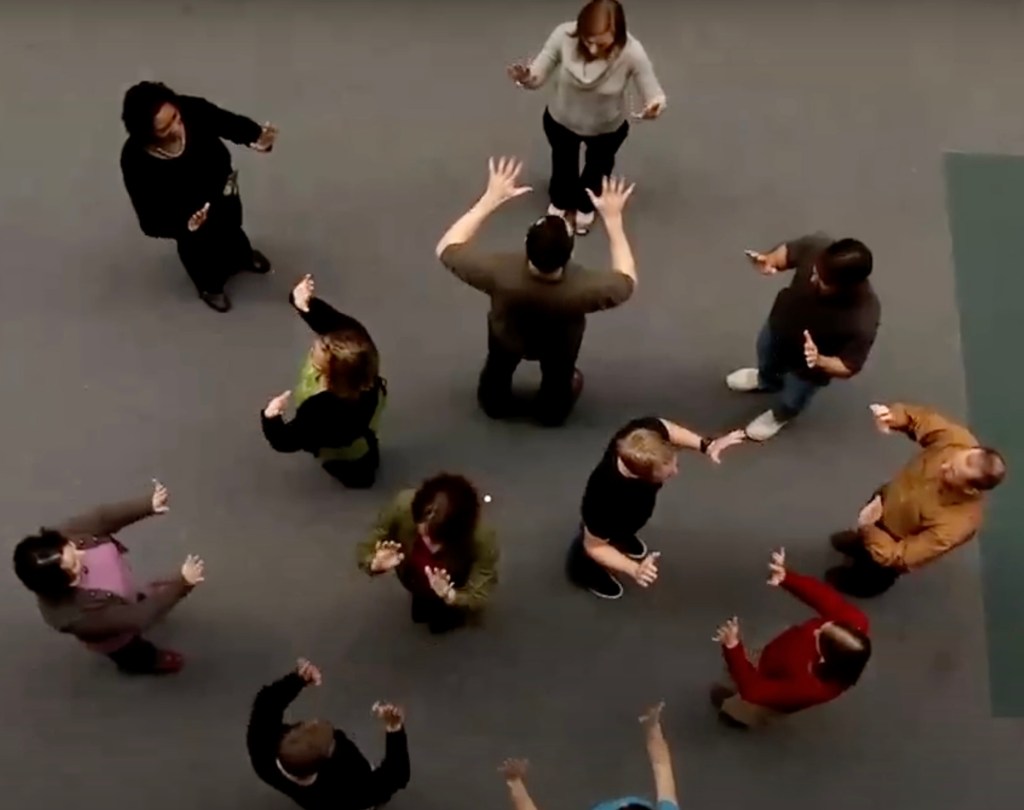Intermediate Guiding Question
What is the life cycle of stars?
Big Idea 3.3
Educator Background
-
Stars have a life cycle, much like the other cycles you have observed here on Earth. The Sun, like other stars, was born in a stellar nebulae, made of dust and gas. Stars live out most of their lives as stable stars, burning hydrogen into helium and producing energy. When stars run out of fuel they end their lives in different ways, depending on the mass of the star. The Sun will end its life as a dim, cool object called a white dwarf. More massive stars end their lives as supernovae. While supernovae can produce a black hole, the Sun will never become a black hole. It simply is too small.
-
Learning Constraints
At this level, students learn how the solar system formed by and model time in the geological time scale (MS-ESS1-2,4.).
-
Connect to Heliophysics
Connect to the Sun by reviewing how the evolution of the Sun has affected Earth in the past and will affect Earth in the future. When the Sun and Earth formed, the Sun was 30% dimmer than it is today. Earth should have been a frozen snowball at the time when life was first beginning, but because of Earth’s dense greenhouse atmosphere, Earth’s temperature remained above the freezing point of water. As the Sun has evolved to the present time as a main-sequence star, its solar output has steadily increased and will continue to do so over the next 5 billion years. 2 billion years from now, the oceans will start to evaporate, which will be the end of organic life on the surface of Earth. 5 billion years from now, the Sun will become a red giant and engulf the inner solar system, and Earth will be gone. And from that point on, the core of the Sun will cool to a white dwarf and eventually fade away.
-
Extend Exploration
Extend student exploration by investigating the life cycle of more massive stars.
-
Differentiate for Beginner Learners
Support beginner students by reviewing the time scales related to the formation of the solar system.
-
Differentiate for More Advanced Learners
Challenge students at the next level by investigating nuclear processes on Earth and how they compare to the nuclear processes in stars. Making this amount of energy on Earth is very challenging. Nuclear fusion reactions only last a matter of minutes on Earth.

NASA Launchpad: Life Cycle of a Star
Video Length: 6:02
Search the Resource Database for more videosRecommended Resources
Explore this guiding question with these intermediate level resources.
Heliophysics Resource Database
Use the guiding question above to explore resources at this level or go directly to our database to search for resources by level, NGSS performance expectation, topic, and mission.
Resource Database